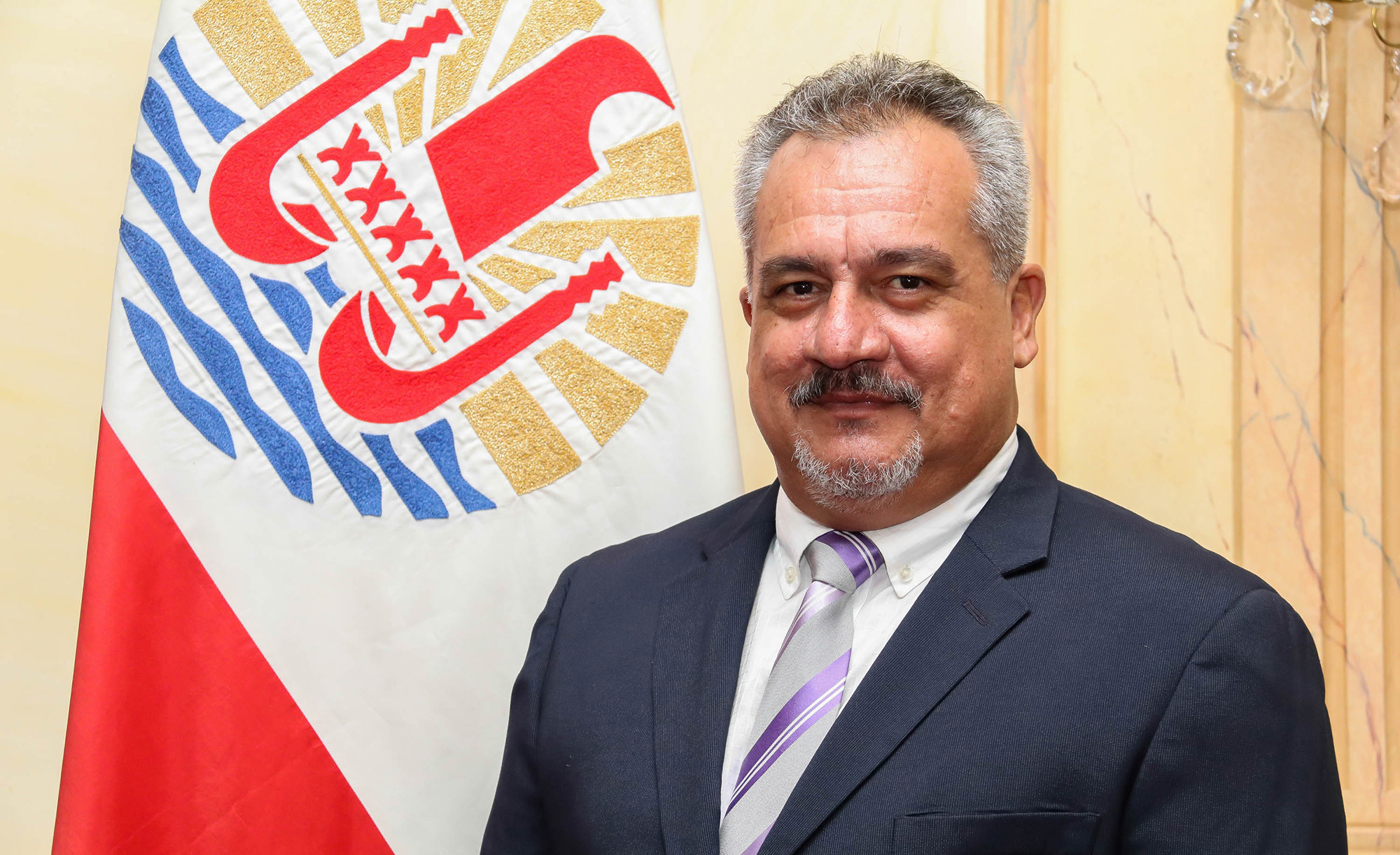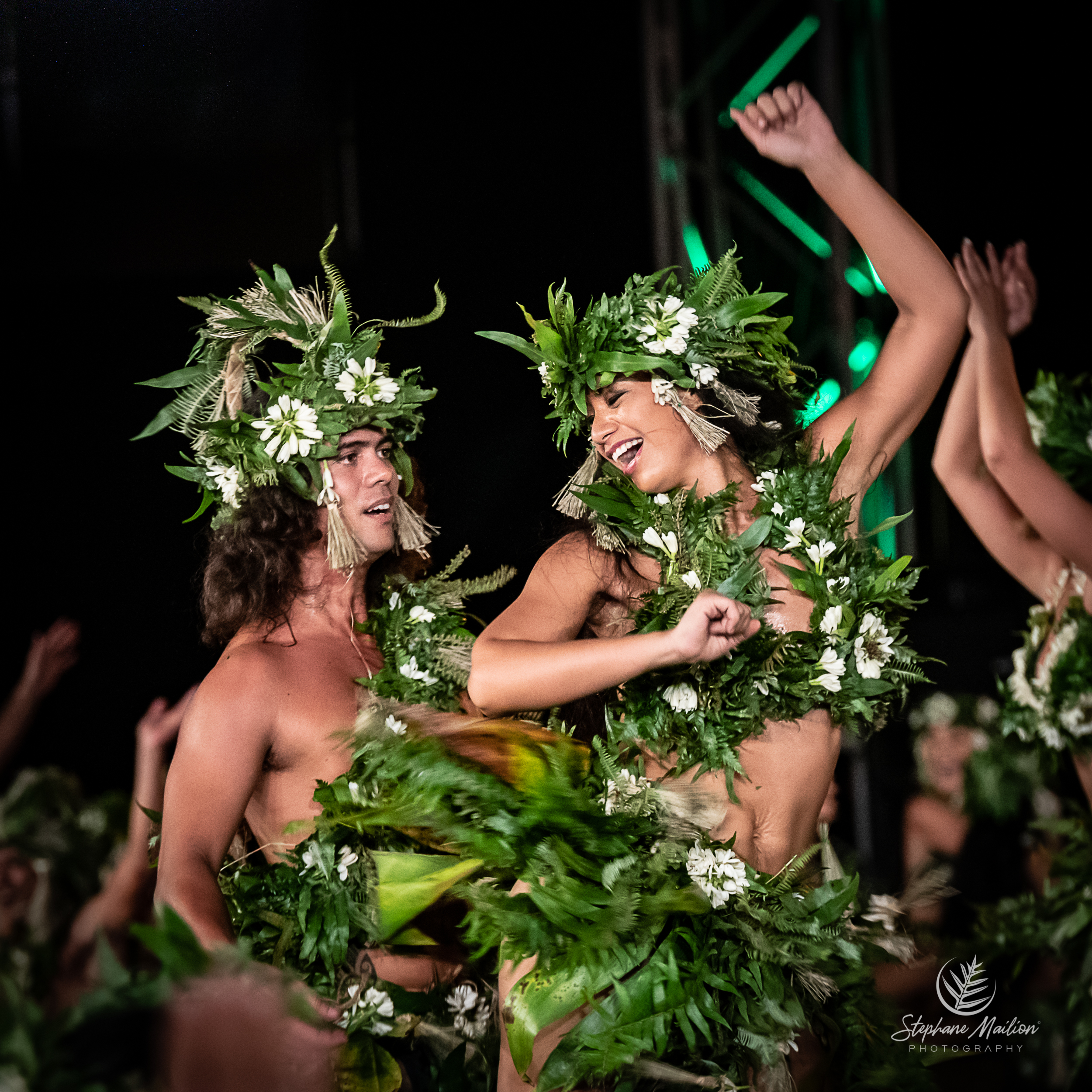









Let's celebrate 140 years of Heiva !

We are entering a period that resonates strongly in our hearts.
Firstly, because it marks the return of song and dance to To’atä. For as long as anyone can remember, there have been times in the past when our most awaited festivities could not be held: epidemics, wars, the change of millennium… but who would have imagined that this would happen today? The approaching event is first and foremost a sign of the strength of an entire people that is rising up in the face of these difficult times.
This is also a special year because it marks the 140th anniversary of the oldest festival in the Pacific region, an annual event that is a must for Polynesians and foreigners alike, who are increasingly fascinated by the expression of our culture. 1881 – 2021, it was essential to celebrate such an event together.
I am proud today to see how this festival already brings together the cultural services in particular, each of which offers its own support and events to enrich the festivities of July. There will be no lack of the usual great events, with traditional sports, fire walking, crafts… all those occasions that make our July a real celebration.
In the same spirit, it was not possible to involve song and dance groups in the complexity, challenges and spirit of a competition: we invite you to a festival. Let’s get together. Let’s gather on stage, with the artists of the 14 pupu ‘ori and 9 pupu hïmene. Let’s come together in the stands, to share our emotions about the beauty of the shows that will be performed. Let’s gather within our culture, to draw from our roots the strength to move forward, to sing and dance to say, above all, that we are on our feet.
Welcome to the Tahiti ti’a mai festival.
Heremoana Maamaatuaiahutapu, Minister of Culture
From the shadows to the light, 140 years of Heiva i Tahiti

The Heiva we are celebrating today is the fruit of a long history, strewn with prohibitions and advances, of reappropriation, of a journey towards a rediscovered authenticity, a more intense and true expression of our culture.
Indeed, the arrival of the first missionaries very quickly interrupted traditional cultural expressions. Dancing, judged indecent by the Europeans, was particularly affected. The Pomare Code bannes the”heiva” in 1819, a decision reinforced in 1842, which this time suppressed even “activities that lead to dancing”. In 1847 a timid adaptation stipulated the days when dancing was authorised: Tuesdays and Thursdays only and in some places.
It was not until 1881 that the first cultural expressions were to be found in the context of the 14 July festivities… but without the traditional dances, a decidedly sensitive subject for the colonial administration. On the other hand, songs and sports were the favourites: horse races, regattas of flower whalers, friendly tārava meetings to praise the beauty of the districts…
It is only from the beginning of the 20th century that traditional dances were gradually authorised, but always strictly controlled in terms of outfits and gestures. The Tiurai enabled Tahitians to unite around a national festival and to strengthen their ties. It became a tradition during which everyone came to defend the colours of their district. Little by little, the festive aspect became more and more marked, people came to Papeete for a month of festivities, the barracks were set up on the seafront.
In 1956, Madeleine Moua, a teacher and director of the Heiva group, marked the beginning of the revival of ‘ori Tahiti. Between the search for ancient expressions and innovation, the Heiva troupe gave back to traditional dance its nobility, making it a show that enchanted the population but could also appeal to an uninformed public.
Others after her will accompany this revival and engage their own vision of things: Gilles Hollande, Coco Hotahota, Iriti Hoto…
With regard to this chaotic history, the hīmene (from hymn in English) have not suffered the same hazards. Less controversial than traditional dance, they have not known any prohibition and have been able to cross time, nourishing the polyphony and richness of their voices, continuing to praise the lands and valleys of each district. These complex polyphonic songs, which must be understood a little (at least the structure) to grasp their beauty, have always been the vehicle for transmitting language, tradition and legends, formerly the only way to express one’s culture. The voices soar, wind up and respond to each other, supporting each other in an extremely structured polyphony, different according to the archipelagos.
Is the practice, less popular with the younger generations, in danger? We can doubt it when we see the number and liveliness of the singing groups that have been registered for the Heiva for years, about twenty at each competition for nearly 10 years. The magic of the songs makes To’atā resound and its great names are still whispered: mama Penina, papa Ra’i…
Thus, our current Heiva is the result of the first activities authorised in 1881 and of those conquered with great difficulty over the years. From the Governor’s Day to the Tiurai and, since 1985, the Heiva, the event has changed, the competition categories have come and gone, underlining the evolution of the groups and their renewed expectations. But whatever the case, the Heiva remains the most important event of the year in the eyes of everyone and will continue to be a long and emotional event.

